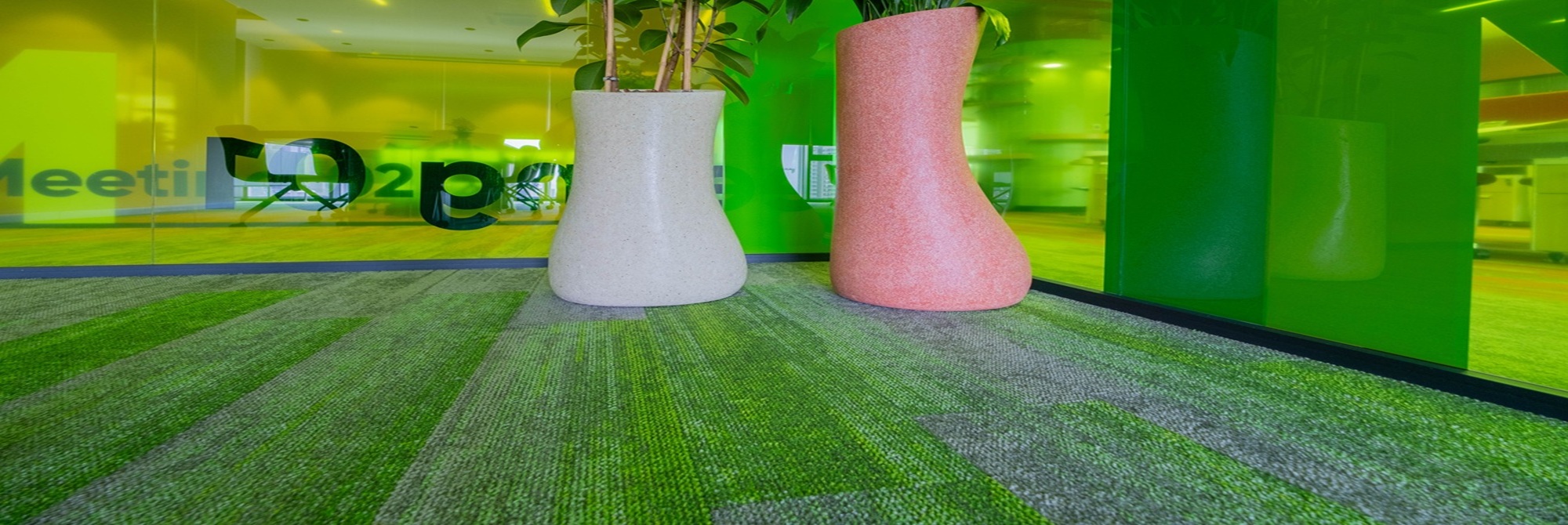
Gravity Plank Carpet
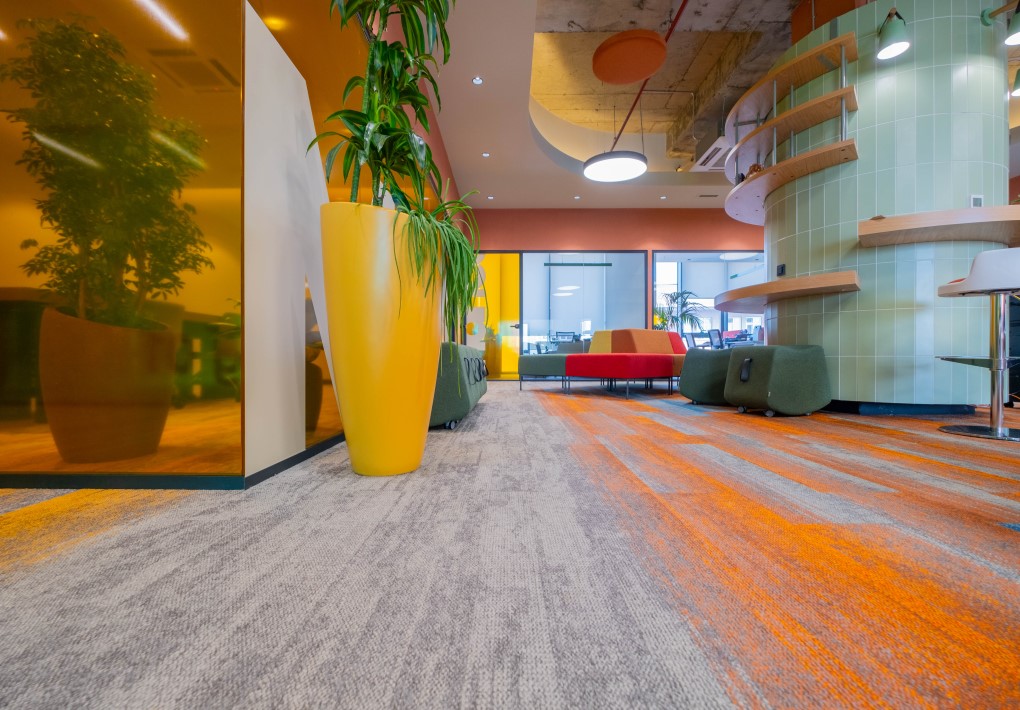
It is a collection of layered loop carpet tiles, 25x100 cm, resistant to light and water discoloration; Thus, it becomes very suitable for mixed use in a wide range of educational institutions, nursing homes, guesthouses and office spaces.
Size: 25x100 cm
Pile Composition: Polypropylene (PP)
Backing: Bitumen
Style: Loop pleat/Multi-Level loop
Quantity in package: 20 Pieces
Total Thickness: 7,0 mm
Pile Weight: 715 g/m²
 Datasheet
Datasheet
 e-catalog
e-catalog
COLOR OPTIONS
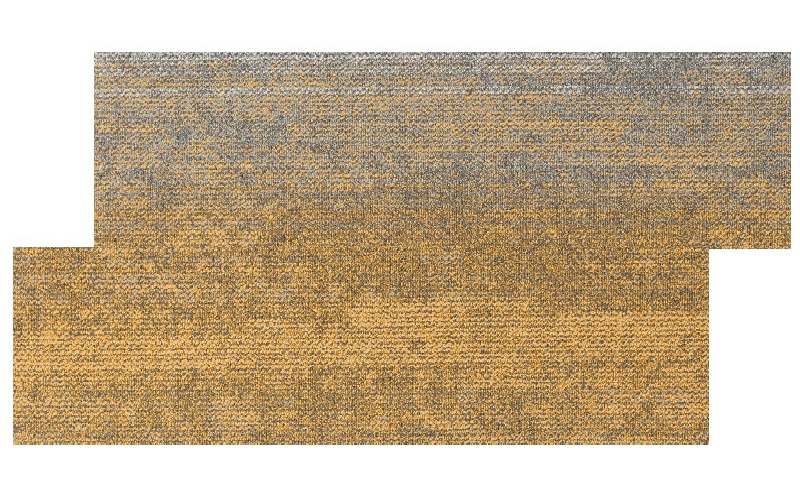
Gravity 101
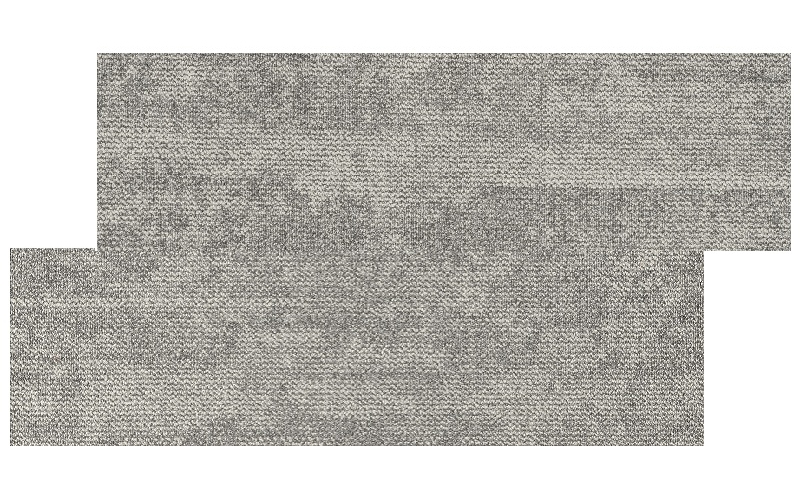
Gravity 100
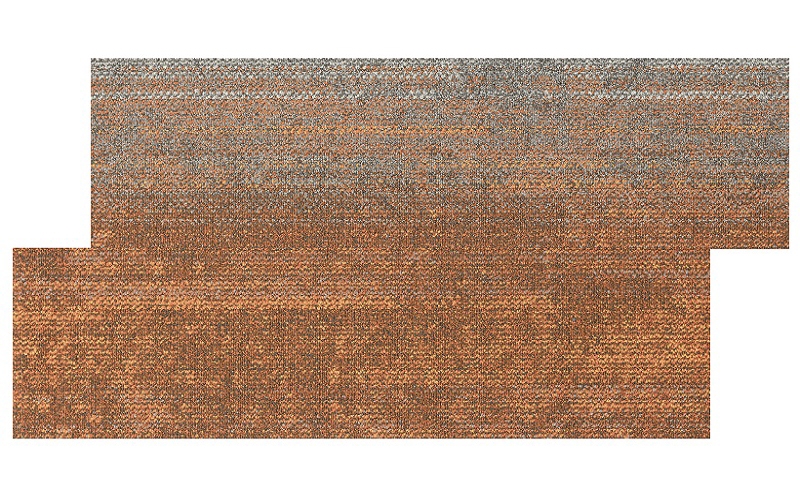
Gravity 102
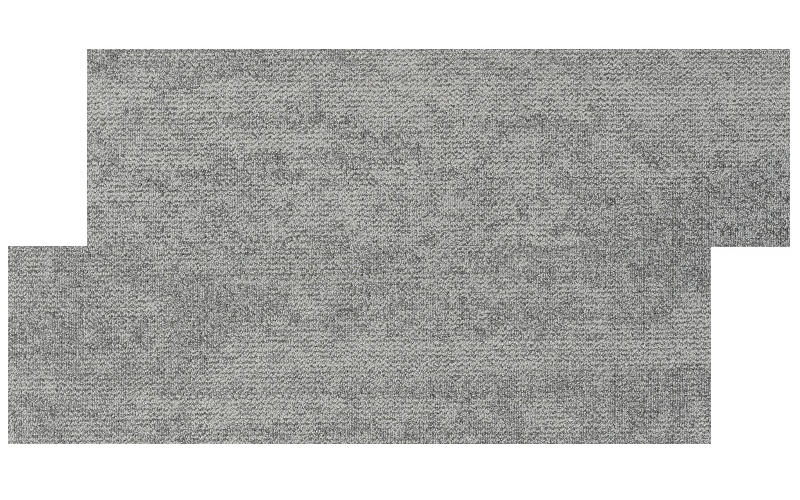
Gravity 200
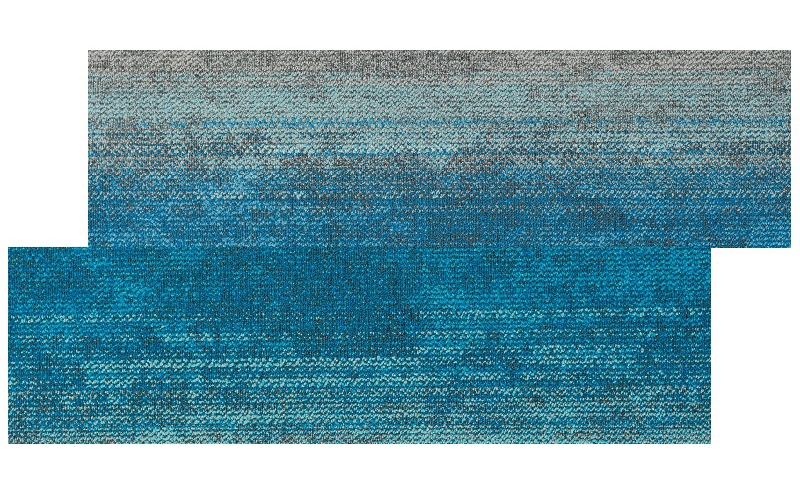
Gravity 201
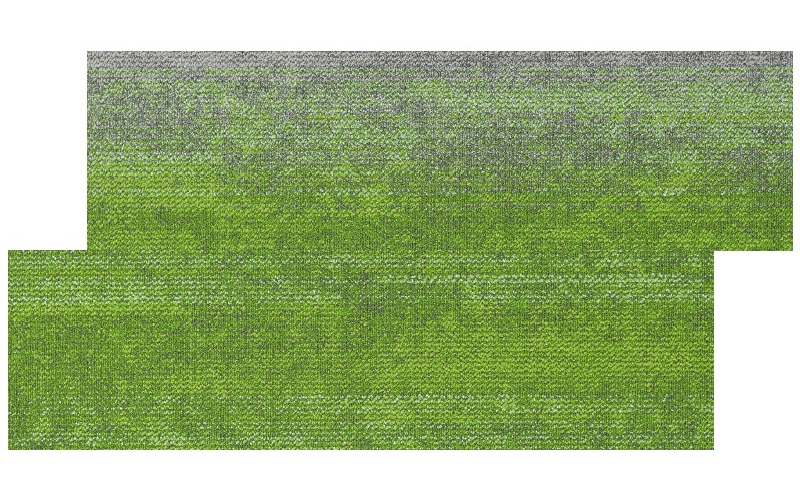
Gravity 203
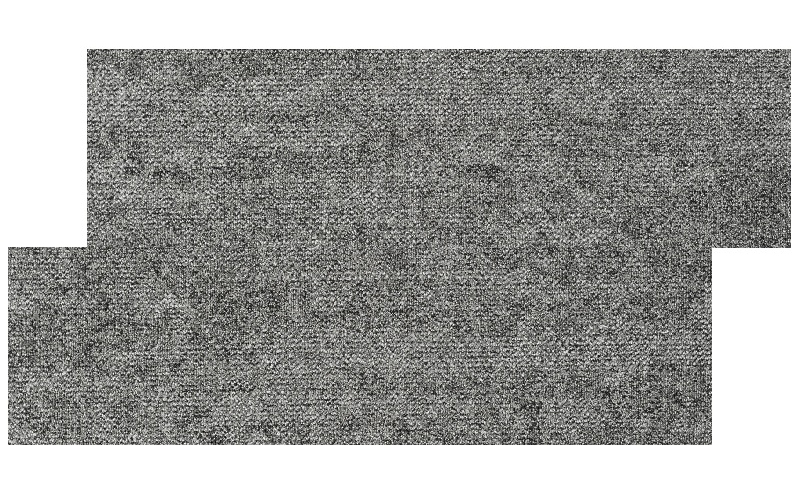
Gravity 300
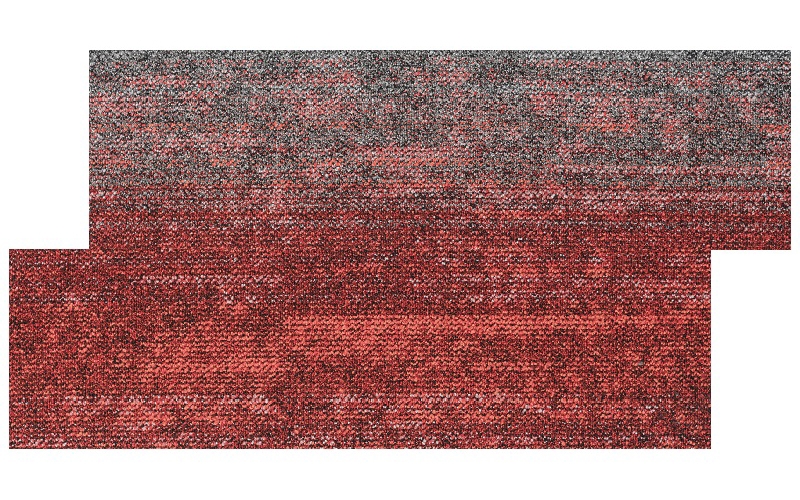
Gravity 301
PHOTO GALLERY
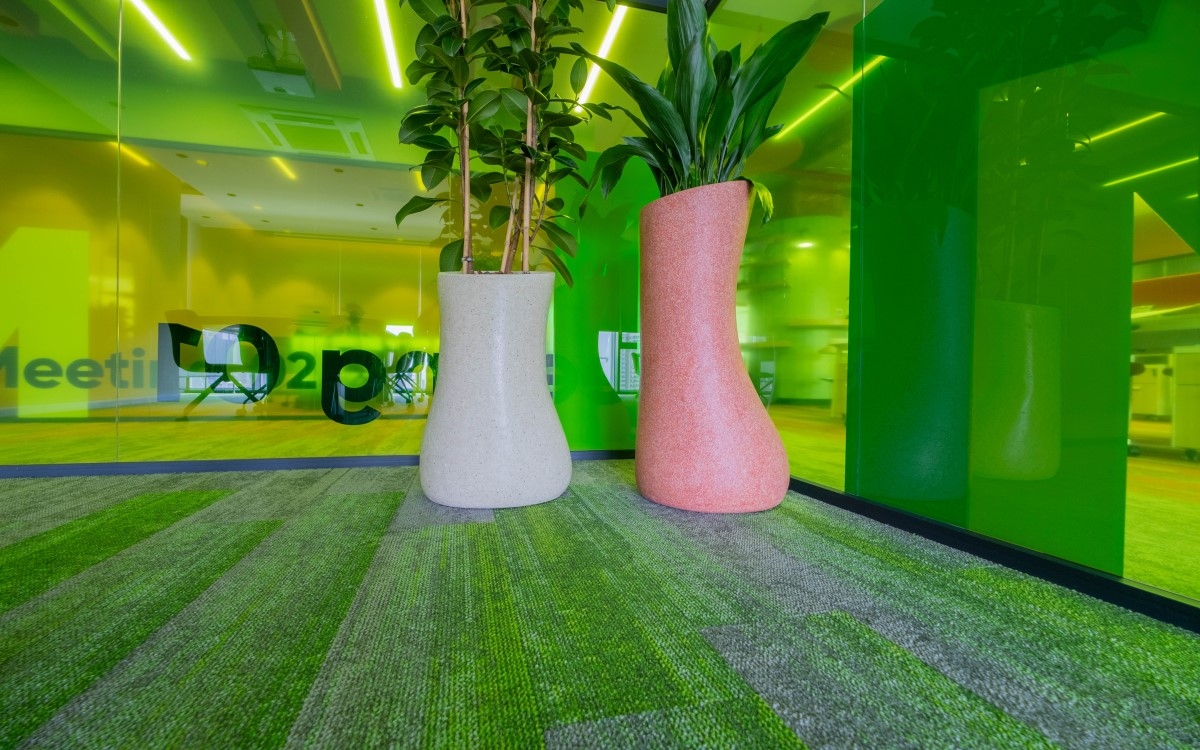
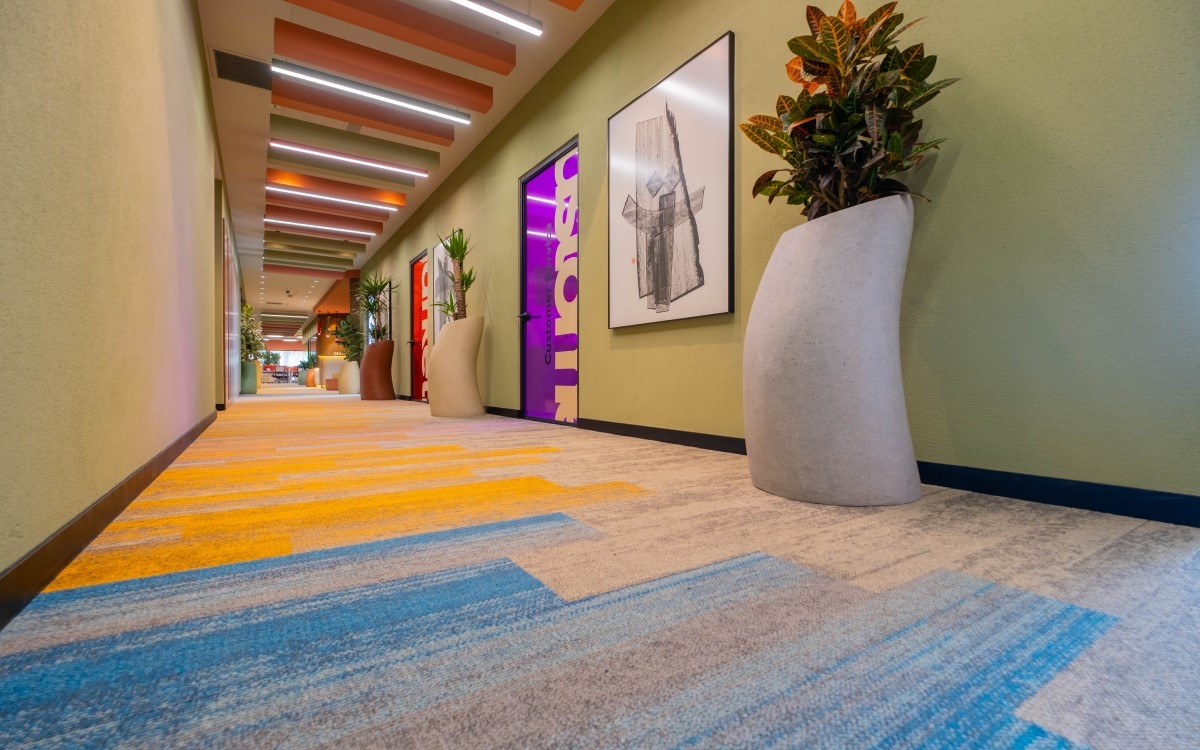
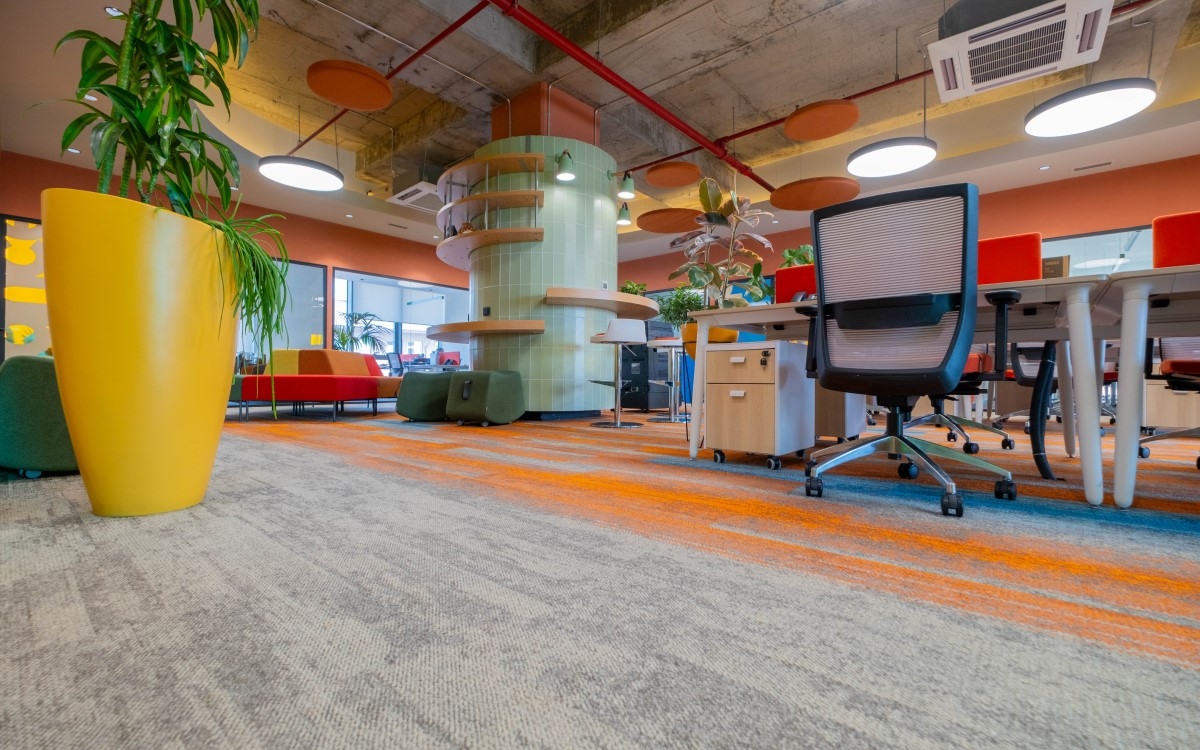
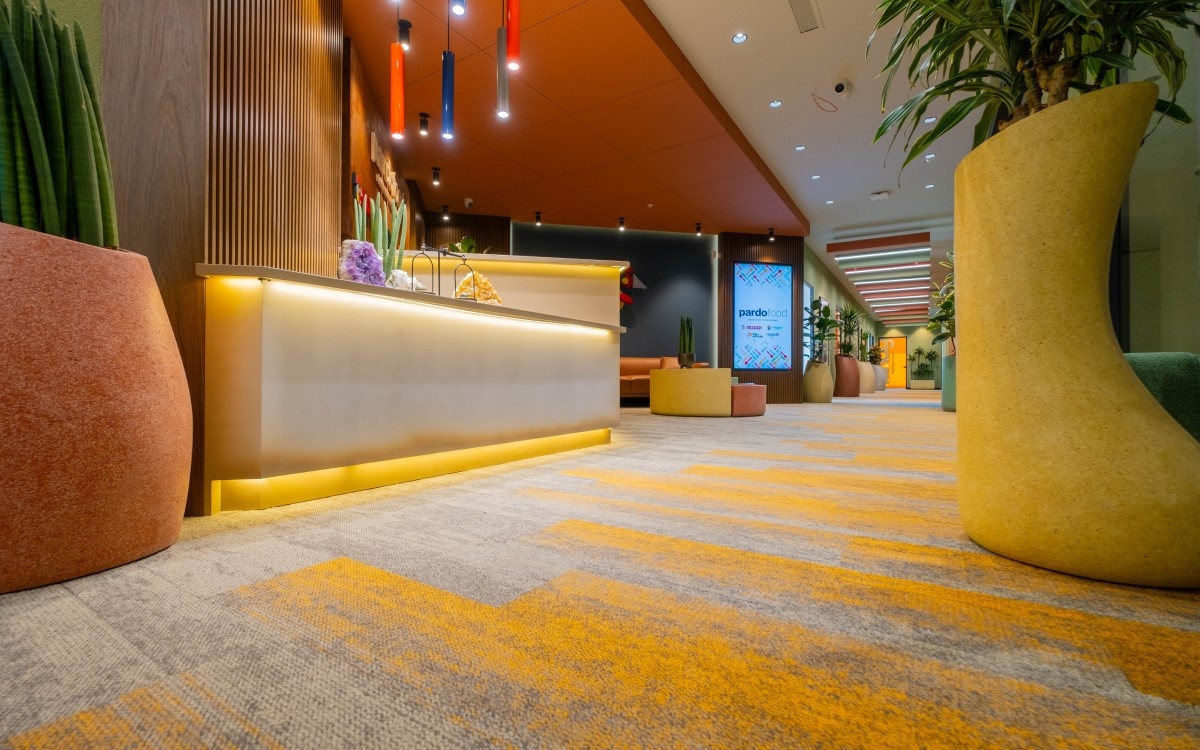
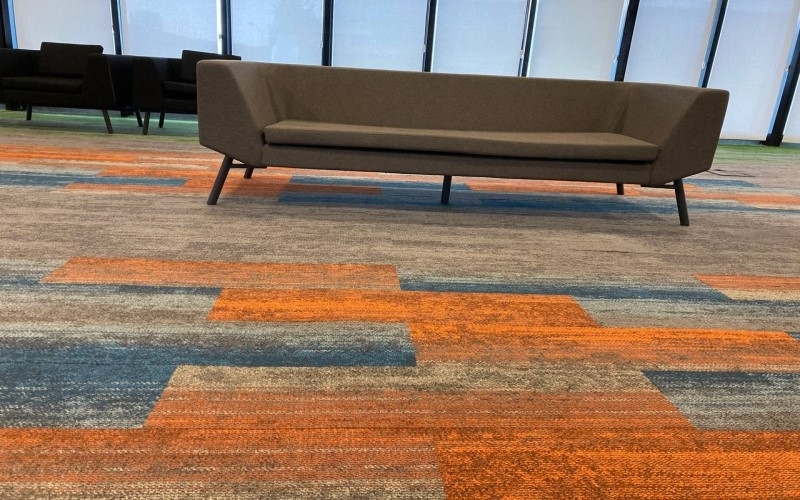
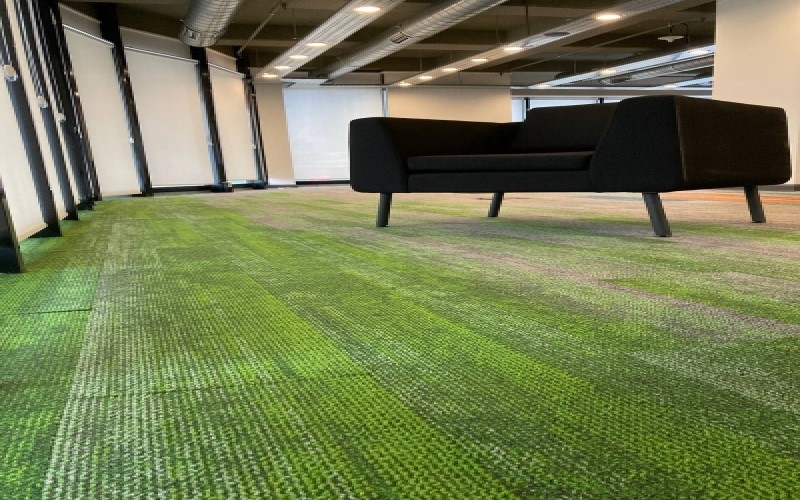
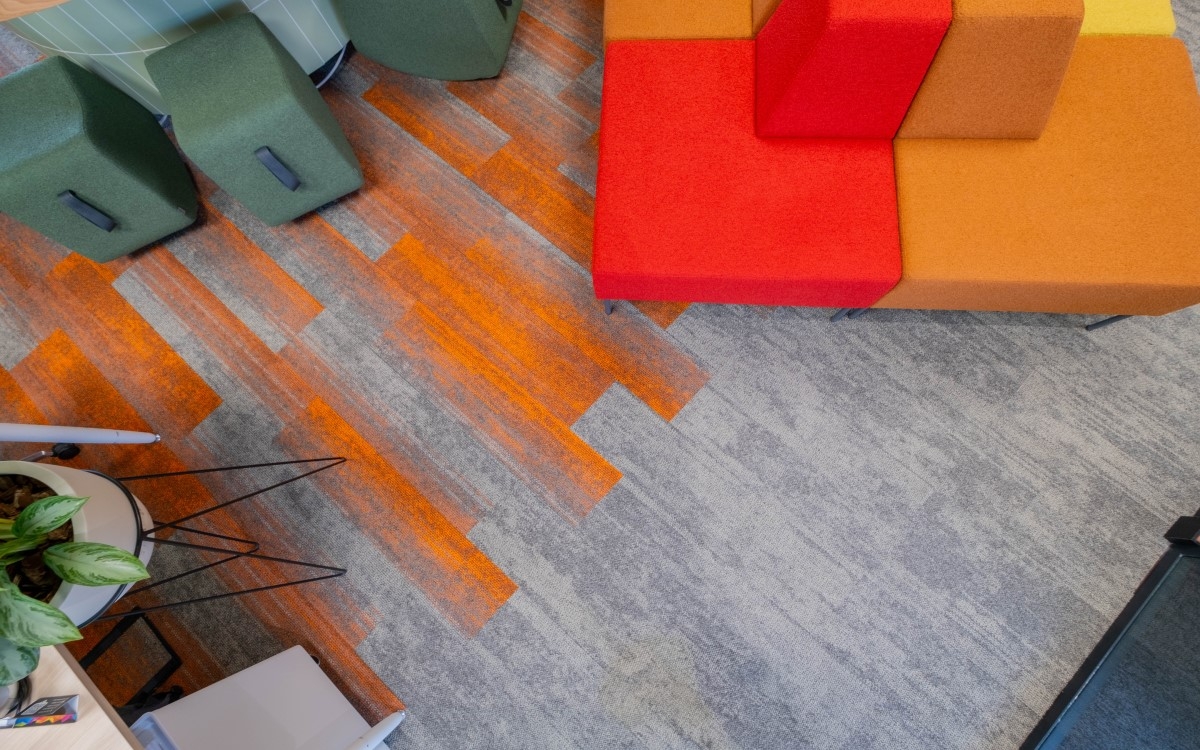
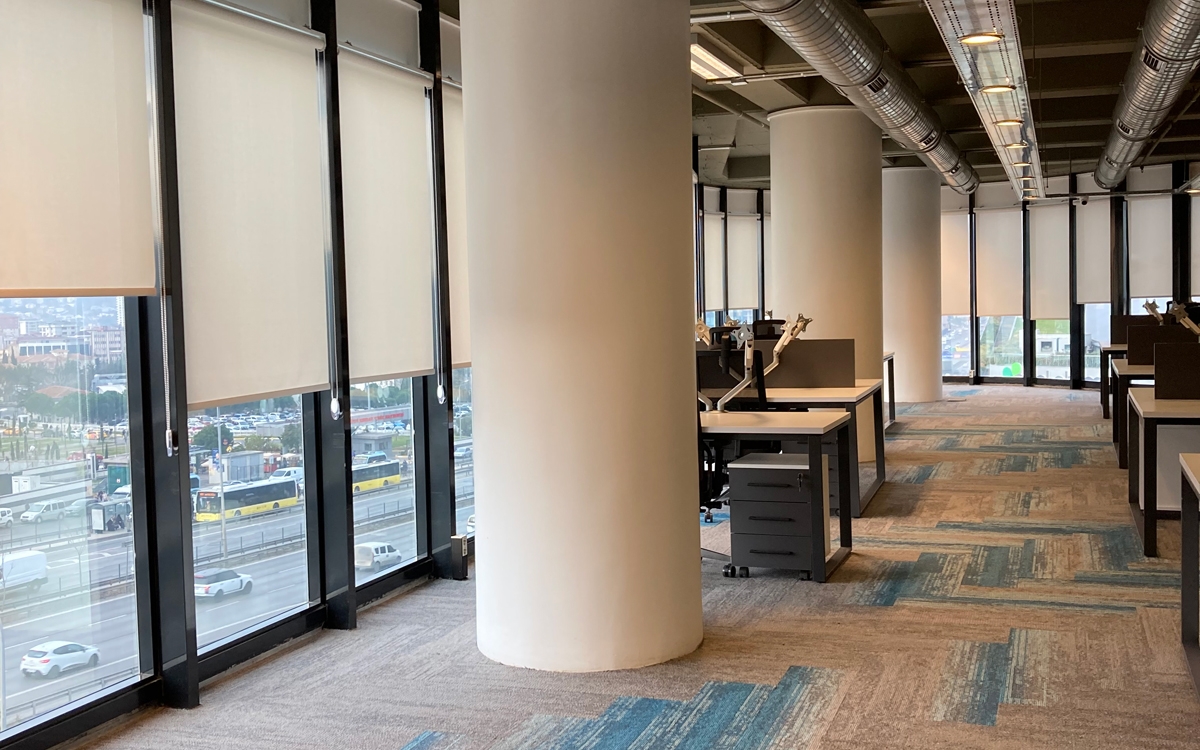
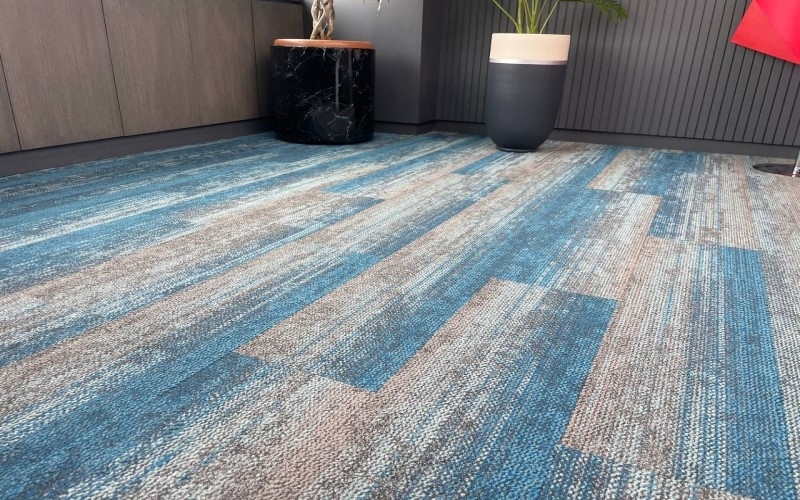
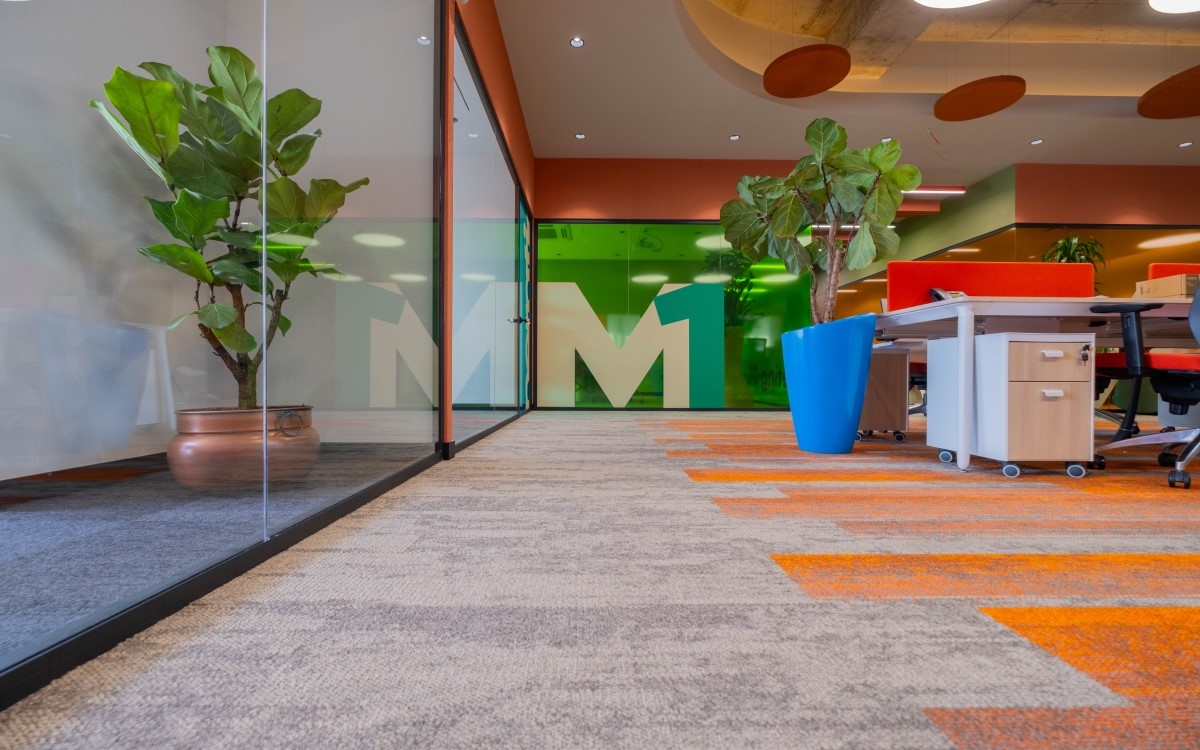
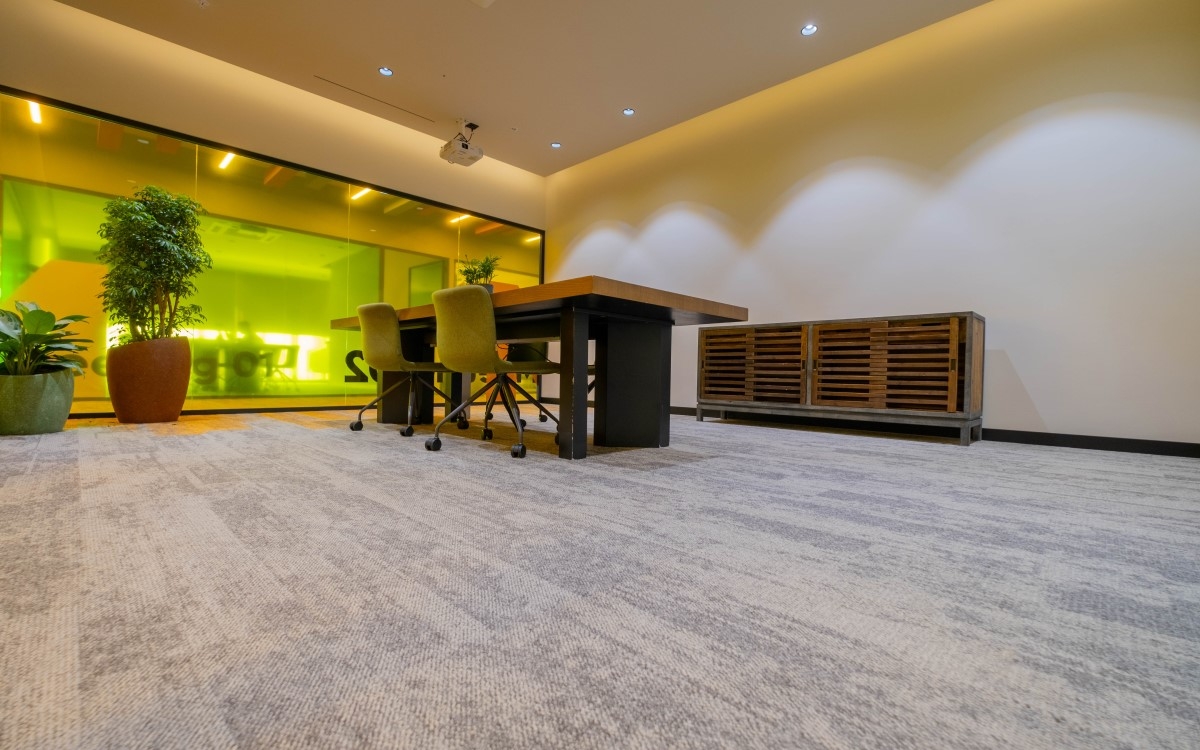
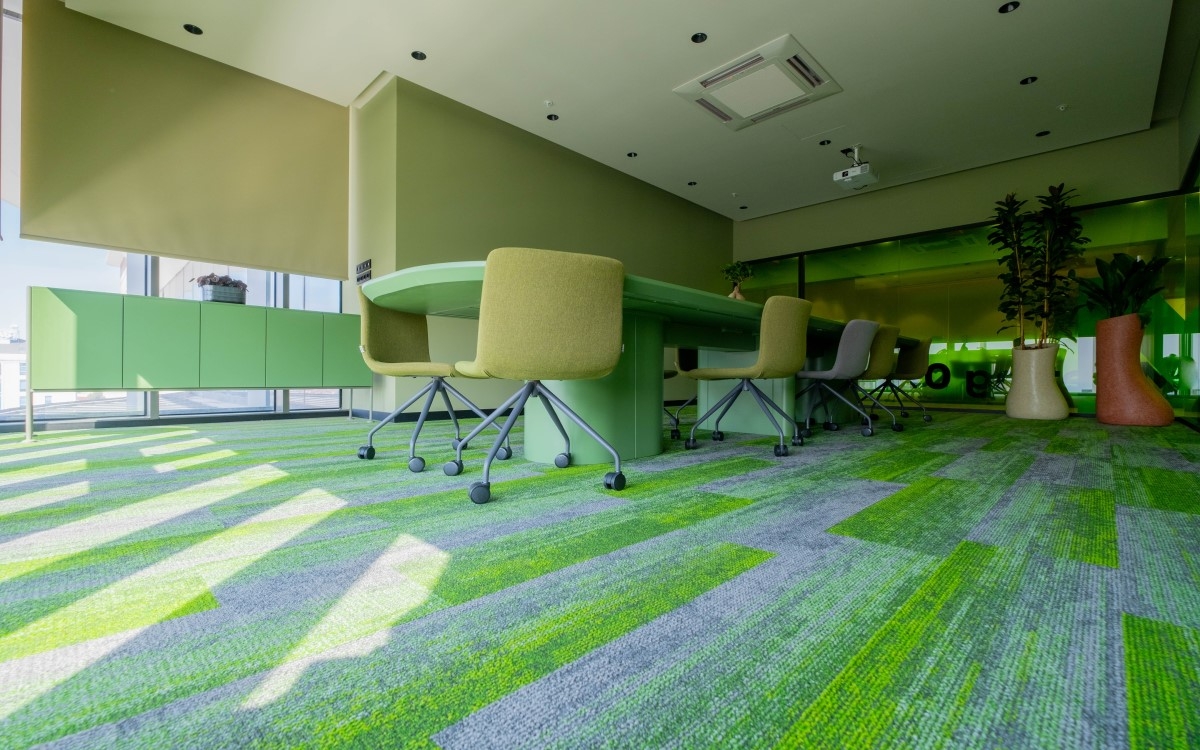 Gravity carpet, a product of the Associated Carpets brand, is a set of 25x100 cm multi-layer loop carpets, resistant to light and water degradation, ideal for mixed use in various educational institutions, nursing homes, guesthouses and office areas. Associated Carpets Gravity thread type has a type of thread called polypropylene. We can group them in the layered carpet group. It combines different thicknesses of weaving with its multi-level weaving. It is a bitumen-based product that does not contain solvents and, does not harm the environment, does not cause moisture, and does not cause bacterial growth under the carpet. The pile weight of each plate of Gravity carpet tile is 715 g/m².
Gravity carpet, a product of the Associated Carpets brand, is a set of 25x100 cm multi-layer loop carpets, resistant to light and water degradation, ideal for mixed use in various educational institutions, nursing homes, guesthouses and office areas. Associated Carpets Gravity thread type has a type of thread called polypropylene. We can group them in the layered carpet group. It combines different thicknesses of weaving with its multi-level weaving. It is a bitumen-based product that does not contain solvents and, does not harm the environment, does not cause moisture, and does not cause bacterial growth under the carpet. The pile weight of each plate of Gravity carpet tile is 715 g/m².
 +90 216 574 63 63
+90 216 574 63 63 info@okurzemin.com
info@okurzemin.com 